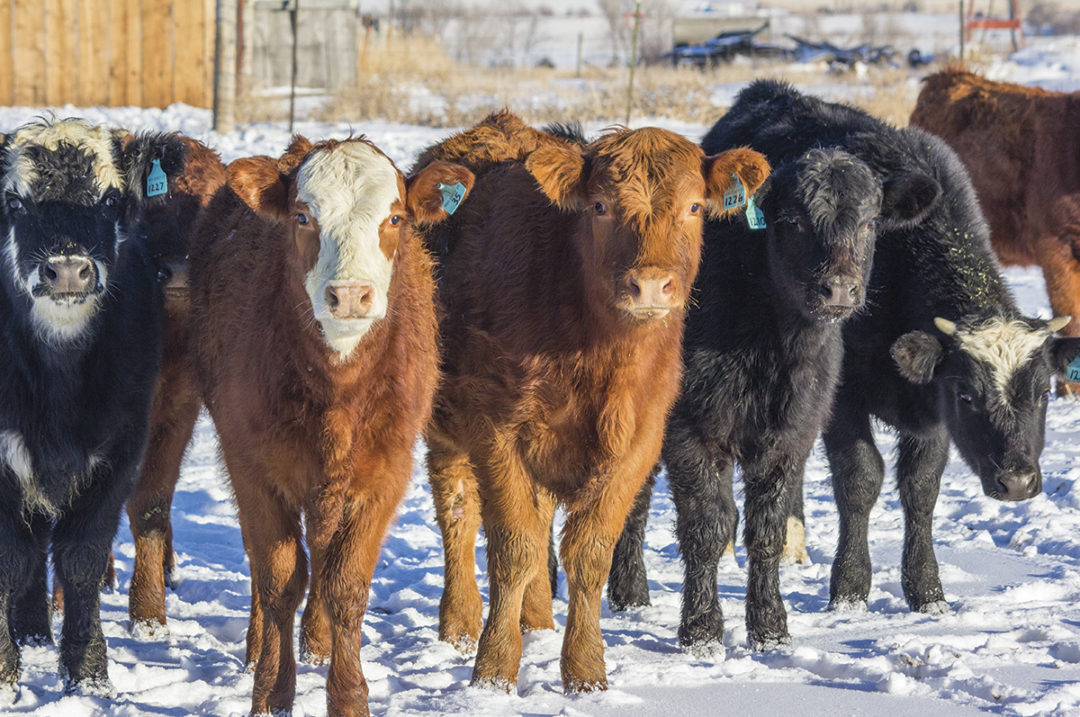This is quickly shaping up to be a year that all cattle producers, both big and small, won’t forget any time soon. As sale barns across the country begin to crush previous record highs in calf prices, the decision to keep or sell the 2023 calf crop will be weighing heavy on every producer’s mind. And rightly so, as calves are worth nearly double what they were just a few years ago. But not everything has doubled in price. The cost associated with preconditioning has stayed relatively flat during the last decade, yet the health challenge risks and costs associated with not preconditioning will continue to climb as cattle prices increase.
The practice of preconditioning includes vaccinating calves using a recommended vaccination protocol and weaning calves for at least 30 days. These programs continue to show large reductions in incidence of bovine respiratory disease (BRD) in calves at post-weaning. BRD is the most common cause of sickness and death loss in beef cattle, with the highest rates occurring shortly after weaning. Producers continue to improve their weaning management while also working to reduce animal stress and disease susceptibility. Proper nutritional programs, timely vaccination schedules and low-stress handling practices are all commonly practiced among producers, but they still seem to encounter issues with the health of their calves. One piece they may be overlooking is gut health.
Gut health, or rumen health, in beef cattle has been an area of research that continues to expand every year as the implementation of the Veterinary Feed Directive (VFD) pressures producers to reduce their antibiotic usage. Producers are searching for new ways to minimize the need for antibiotics. A calf’s intestinal tract, like ours, is full of trillions of bacteria, some of which are beneficial and considered the “good bacteria,” and others that are not good at all.
The issues begin when those bad bacteria, such as E. coli, salmonella and clostridium, gain a foothold in the gastrointestinal tract and evade the animal’s immune defenses, resulting in negative health effects and eventually illness. The practice of administering antibiotics at weaning to kill or target those bad bacteria was an effective measure against health challenges such as BRD. Unfortunately, those antibiotics can negatively impact the good bacteria along with the bad, which can set up your calves for issues in the future. Promoting gut health is akin to laying the building blocks for a sound foundation of health, as it enables the calf to better use the nutrients in the ration. Feeding an effective probiotic that supports normal functions of the gut – such as digestion, absorption, barrier functions and immune response – can be one of the most effective approaches.
There are basically two things that need to happen simultaneously, for calves to do well:
- They obviously need to consume adequate amounts of feed and water. More specifically and importantly, they need to be able to properly digest the nutrients in their feed and to absorb those nutrients. This requires a properly functioning, normal, healthy rumen and post-rumen digestive tract.
- Second, they need to be able to defend themselves against bad bacteria, or more specifically microbial challenges, if and when they arise. This requires a properly functioning intestinal barrier and immune system.
Effective probiotics help on both fronts.
Probiotics are living organisms that, when fed in adequate amounts, confer a health benefit on their host. We seek to find and use the strains that are best equipped to confer a benefit on their host. “Best equipped” refers to the modes of action that a strain of bacterial probiotics brings to bear as it interacts with the feed, with other microorganisms and with the host. These modes of action include but are not limited to production of digestive enzymes, supporting proper development of the absorptive surfaces of the rumen and intestines, direct inhibition of potentially harmful organisms, indirect competitive exclusion, durable positive changes in the gut microbiota, supporting proper quality of cell-to-cell tight junctions and other barrier functions in the intestines, and supporting normal immune functions. Finding and combining strains that provide a broad – and most importantly, complementary – range of modes of action should be our singular objective.
Physiological requirements and health challenges vary across the different stages of cattle production. Our goal is to get the right probiotic strains to the right animal at the right time, and that is what makes all the difference.








